Who are the Vikings? What do Traditional Viking Tattoos mean? Vikings were a clan or group of people in the Scandinavian regions from the 8th through the 11th century who have been immortalized in History because of their fascinating culture. The word “Viking” in itself means “pirate raid” which is apt considering they were famous for all their sea side raids across fishing villages and later, once they learnt how to navigate the seas better, they started raiding Western Europe, especially the Churches. Because of the lack of natural resources in their own lands they mostly lived through plunder.
Does this sound slightly familiar to you? Well, what if I said their motto was “We do not Sow”? Nah, not really. Those are the words for House Greyjoy in Game of Thrones, but you can probably notice some similarities in their philosophies, which is probably because they’ve been inspired by the Viking Culture! Even the gods that the Greyjoys worship has been taken from this culture — the “drowned god” is inspired from the Vikings’ “Valhalla.” Viking Culture has further inspired TV shows like Vikings, or characters like Thor and Loki in the Marvel Universe.
It is said that Vikings were all muscle and sinew, generally adorned long intricate braids and had tattoos running through their bodies. So, it was quite common for them to have Traditional Viking Tattoos. While there isn’t a whole lot of proof to corroborate that, history is often how we remember it, and popular culture seems to believe they did adorn themselves in complicated symbols and tattoos, so much so that a lot of people of Norse heritage wear them as symbol of pride in their Norse roots, or out of sheer fascination with the existence of such a Parasitic culture, or maybe because they just seem badass!
10 Traditional Viking Tattoos and Their Meanings
Here’s a list of some of the commonly used Traditional Viking Tattoos and their meanings.
1. The Helm of Awe Tattoo
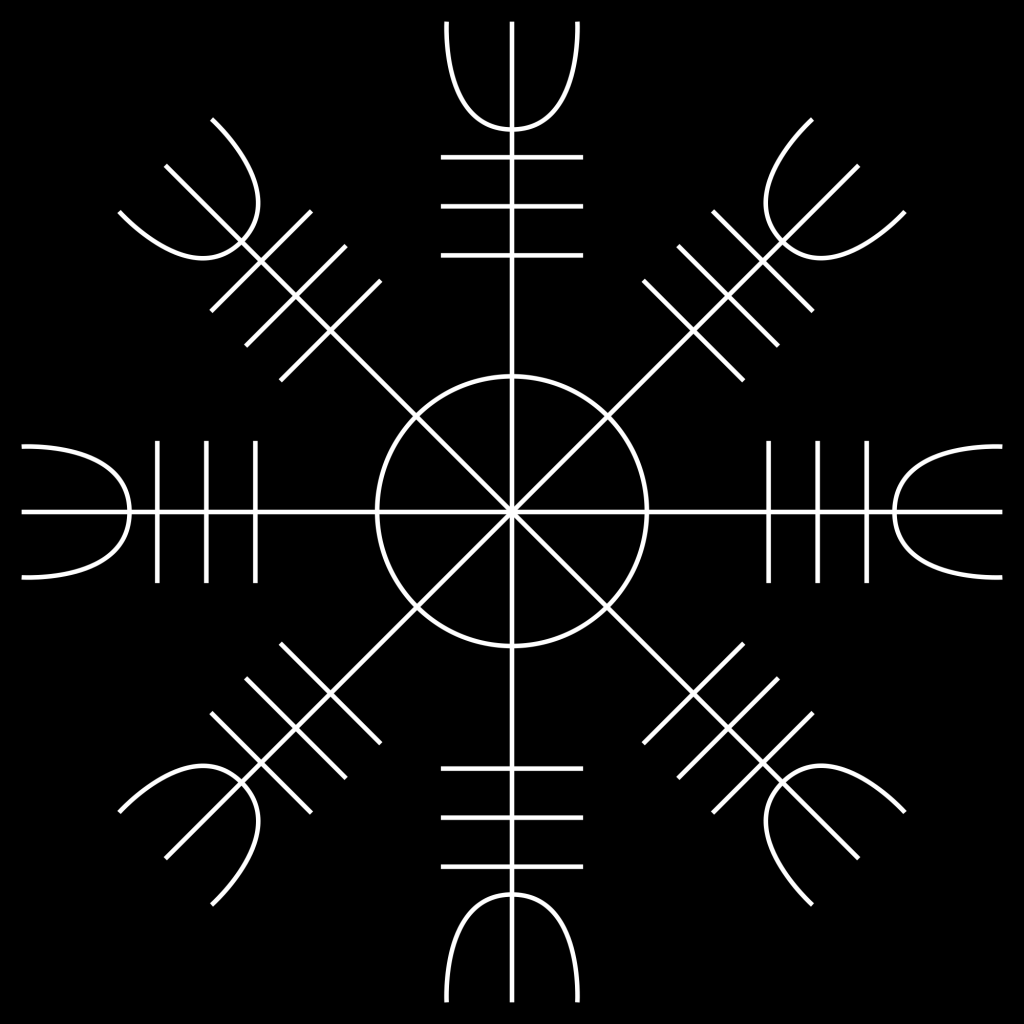
This was seen as a common symbol to denote superior might and protection. It can be worn on your arm sleeve, and in Icelandic, it’s called Aegishjalmur. The Helm, since it is a small concentric circle with crescents and lines running down the middle.
It is often surrounded by other images like an M-shaped symbol to represent Horses or an R-shaped symbol for “ride.”
This symbol also gives the wearer expression of terror, i.e. makes the wearer courageous, It’s a popular symbol to be used on any objects (jewel, amulet, stones) or as tattoo.
2. Valknut Tattoos
 These comprise three tattoos interlocked within each other. While the precise source in history for their meaning is somewhat sparse. Like most things in Viking history, we can certainly make educated speculations. An Austrian scholar by the name of Simek believes it was a religious symbol associated with death — something the Vikings venerated rather than feared.
These comprise three tattoos interlocked within each other. While the precise source in history for their meaning is somewhat sparse. Like most things in Viking history, we can certainly make educated speculations. An Austrian scholar by the name of Simek believes it was a religious symbol associated with death — something the Vikings venerated rather than feared.
Alternatively, English scholar Ellis Davidson believed that it was a sign of Odin and his freeing people from “Mental Binds” that made them braver in battle taking fear away from them.
3. Ouroboros Tattoos
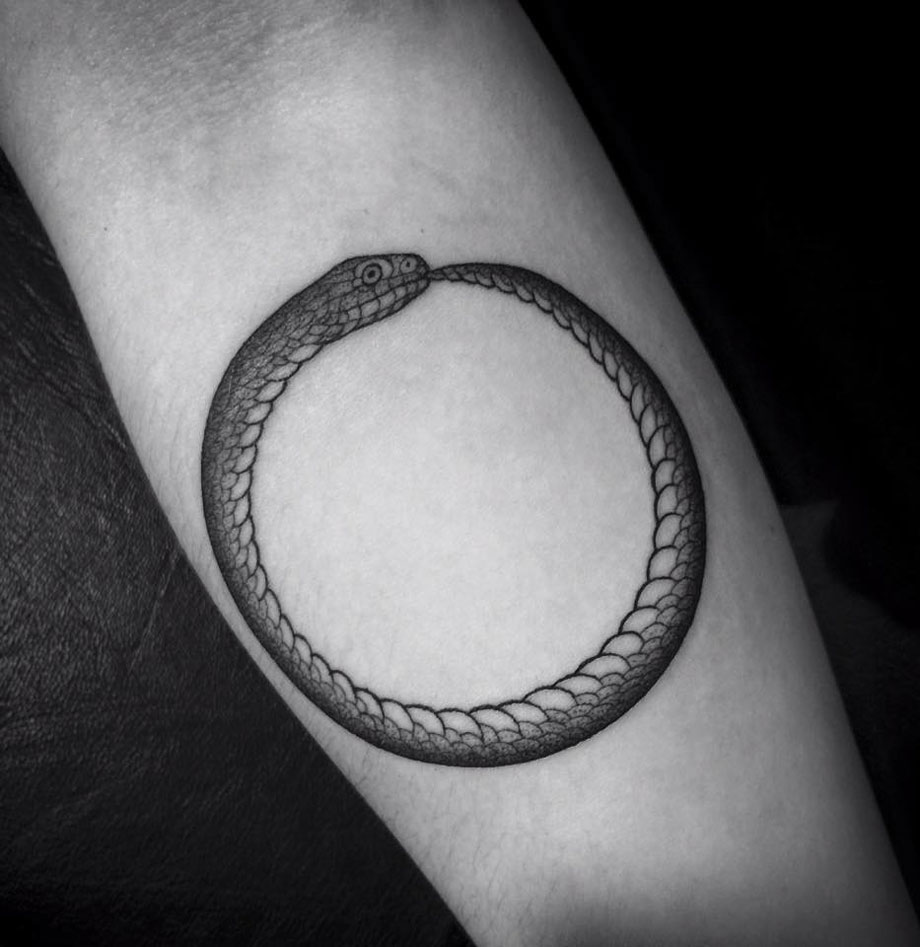
This is simply a snake circling around and eating its own tale. The name instigates from the Greek language. ‘Oura’ meaning ‘tail’ and ‘boros’ meaning ‘eating’, thus “own who eats his own tail”. Alos is a reference to Jormungandr, one of the three children born to Loki and Angrboda.
The Ouroboros signifies the eternal cyclic renewal of life and infinity. The cycle of life, death and rebirth, that leading to immortality. It has been significant in spiritual and mythological representation. It is also been frequently used in alchemical illustrations, where it denotes the circular nature of the alchemist’s opus
4. Horn Triskelion Tattoos
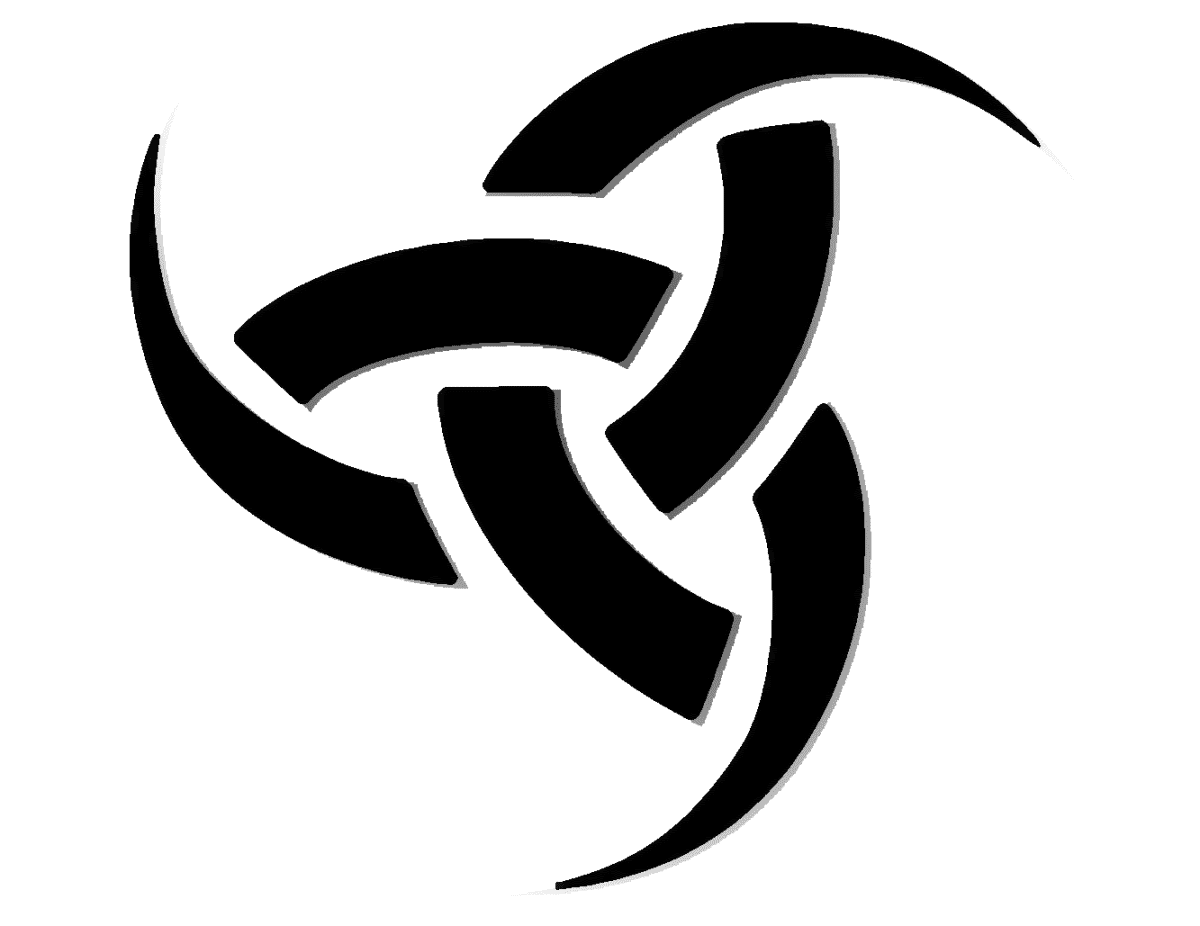 These are three interlocked drinking horns, and they are a representation of Odin since he was responsible for the gift of intoxication and madness.
These are three interlocked drinking horns, and they are a representation of Odin since he was responsible for the gift of intoxication and madness.
Typically, it is said that Odin uses his intellects and magic to secure the beverage over three days’ time
5. Valkyrie Tattoos
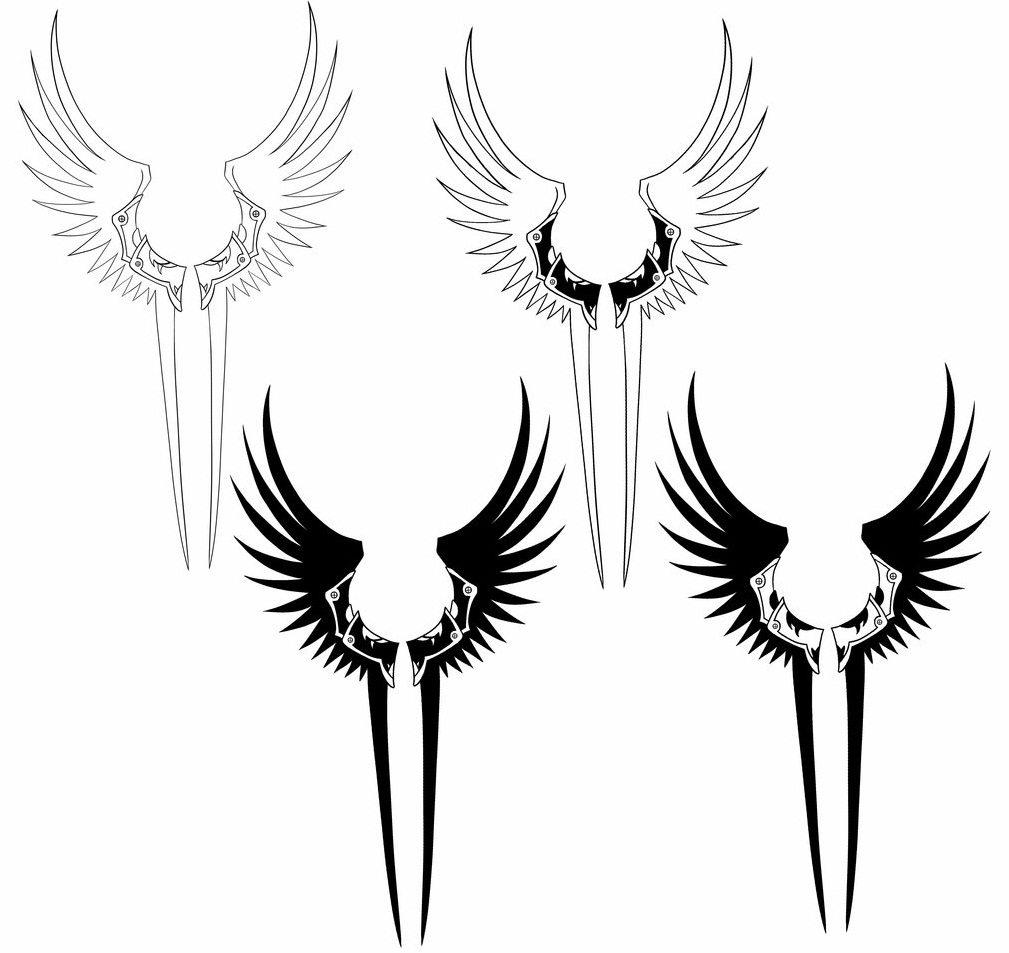 The Vikings, like the Amazonian Culture, welcomed female warriors and they were called “shieldmaiden.” The “Valkyrie” — “chooser of slain” — was supposed to be a female presence who descended upon a battlefield deciding who got to die and who lived.
The Vikings, like the Amazonian Culture, welcomed female warriors and they were called “shieldmaiden.” The “Valkyrie” — “chooser of slain” — was supposed to be a female presence who descended upon a battlefield deciding who got to die and who lived.
The Valkyrie’s flew over the battlefields and protected the lives of those that they favoured, and brought death to those they didn’t.”
6. Odin Tattoos
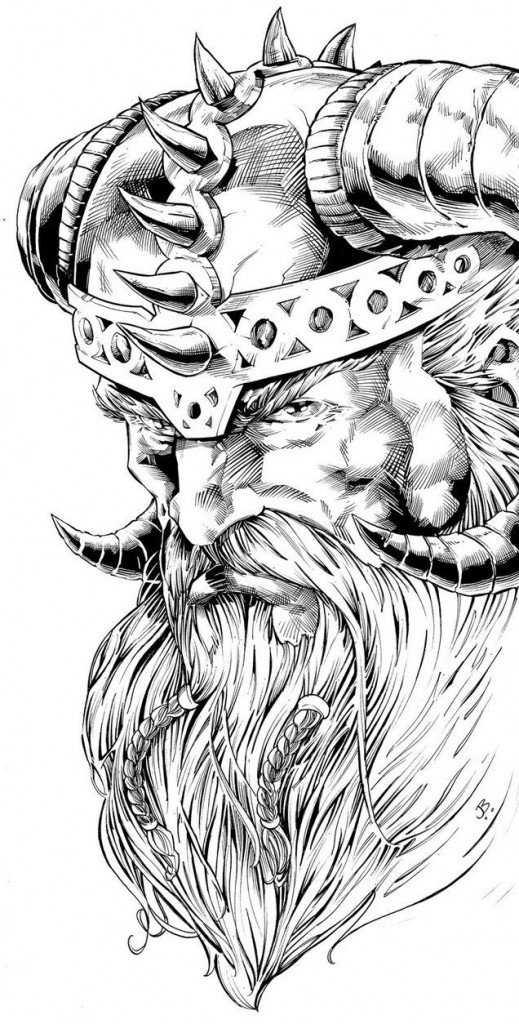 This is one of the most common tattoos or images associated with Norse or Viking culture. Odin is a well-known character in Norse tradition and mythology. In today’s culture you can relate to as battlefield commander and respectable leader.
This is one of the most common tattoos or images associated with Norse or Viking culture. Odin is a well-known character in Norse tradition and mythology. In today’s culture you can relate to as battlefield commander and respectable leader.
You might have commonly seen a rugged and thickly bearded man with a helmet and braided hair. That’s likely a representation of Odin, who was to the Vikings what Zeus was to the Greeks.
People usually get tattoos of Odin or symbols related to him because they admire his values towards reputation, principle, and nobleness.
7. Loki Tattoos
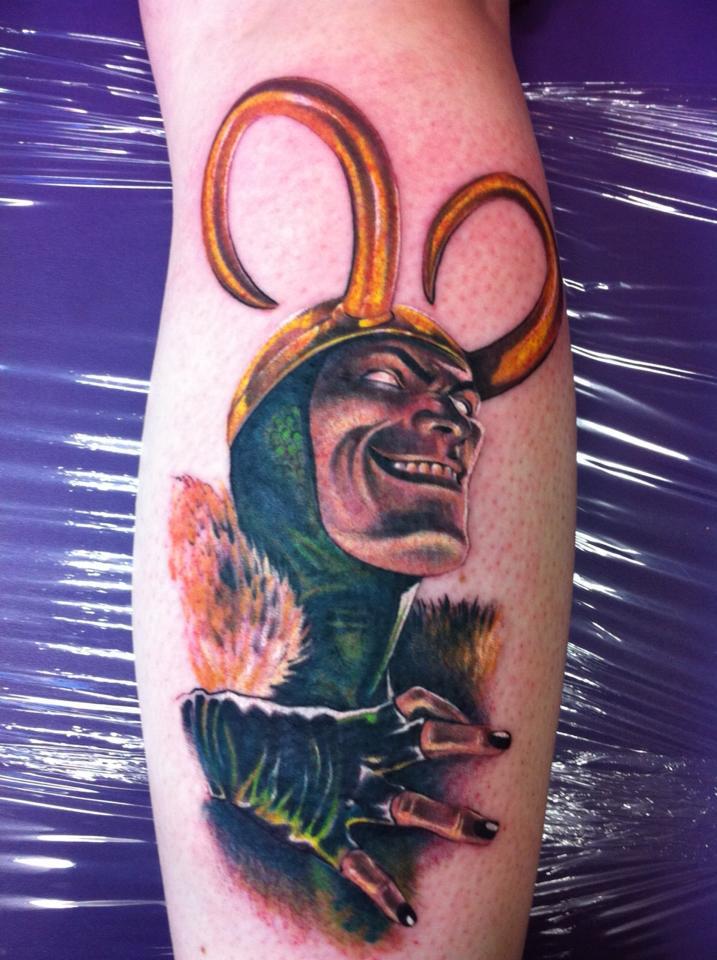
Loki is generally depicted as a man with skeletal features and a horned head. While in mythology he can sometimes be seen as a benevolent figure, his name is generally associated with malevolence, think Tom Hiddleston in the Marvel movies.
8. Huginn and Muninn
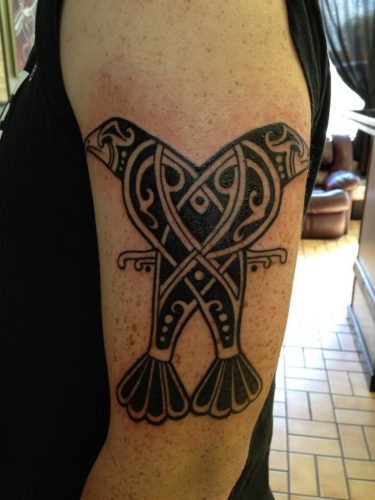
These are twin opposite facing Ravens in Norse mythology. In Norse, their names mean “thought” and “memory” respectively. They are the servants to Odin who is often referred to as the “raven god.”
9. Web of Wyrd Tattoos
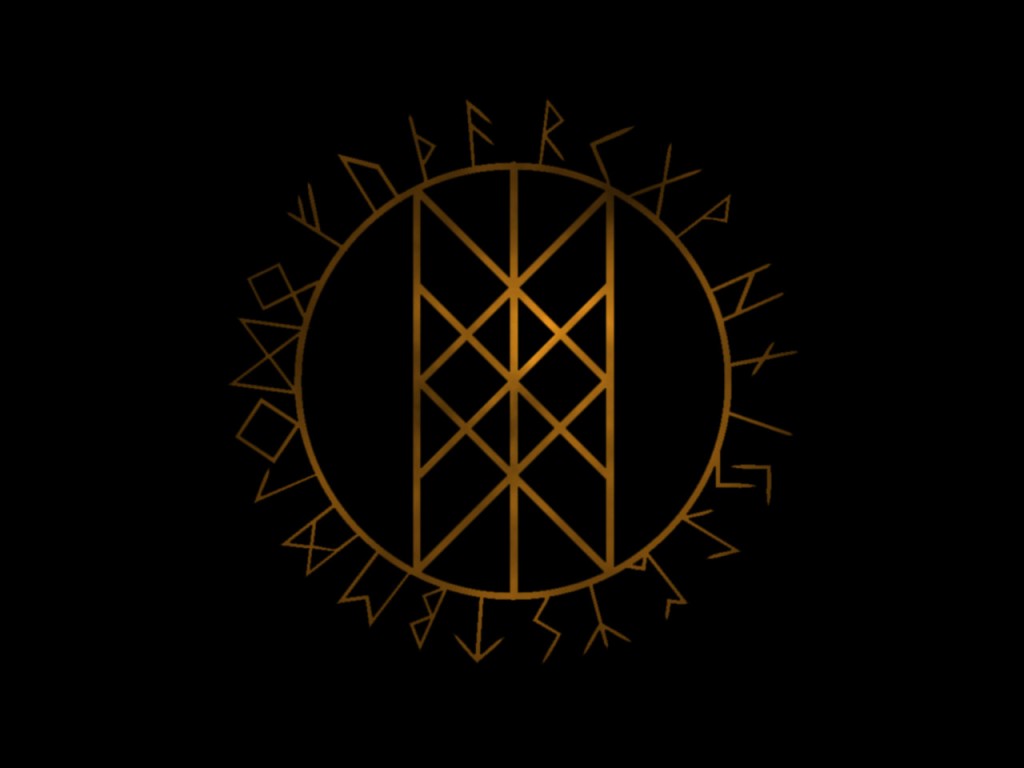
This is the Viking Matrix of Faith, a powerful symbol which actually looks quite simple, comprising several intersecting lines. They were said to have been woven by Norns, who were referred to as “shapers of destiny.” The image actually represents all the shapes in the runes, and thus is a representation of all the possibilities in the past, present, and future.
10. Troll Cross
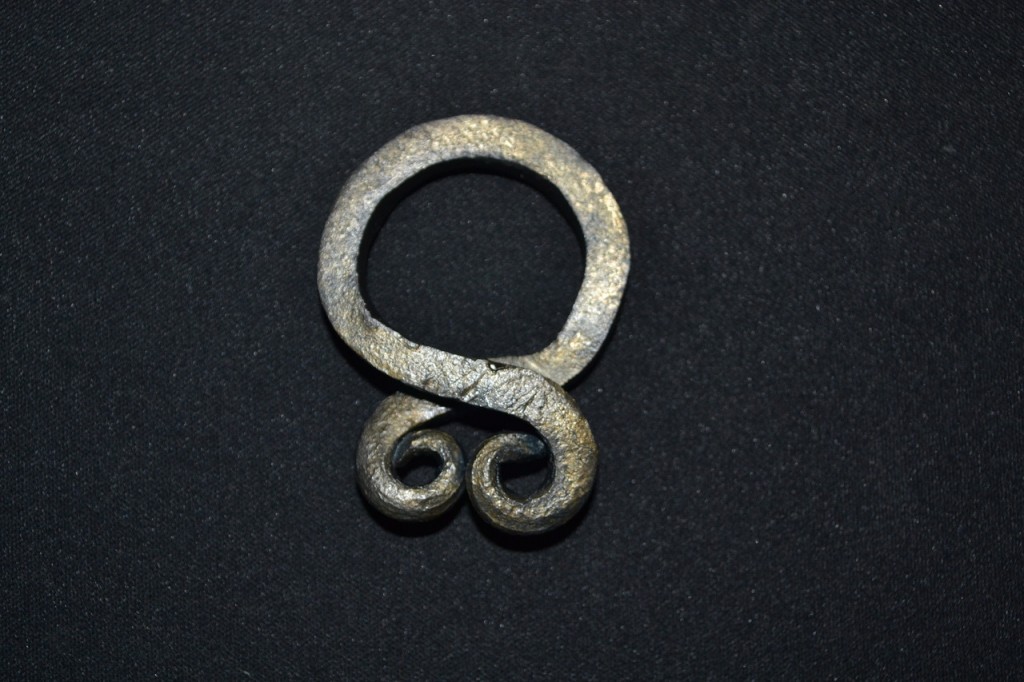
While generally used as an amulet, it can also sometimes be inked on the sleeves along with some other imagery. It was considered by Scandinavians to be a form of protection against Trolls and Elves.
While these Traditional Viking Tattoos are certainly fascinating, it doesn’t begin to scratch the surface of all the signs, symbols and mythology that the Viking Culture inspires. Digging into their culture and mythology is like delving into a treasure trove of cool tattoo ideas and fascinating stories, one that is sure to reward persistence. Traditional Viking Tattoos include some really cool designs to get yourself inked with.
- The Namagiri Thayar Mantra – For Wisdom, Creativity & Prosperity - April 29, 2024
- Krishnashtakam – “Krishnam Vande Jagadgurum” – Lyrics & Meaning - April 4, 2024
- Karadarshanam – “Karagre Vasate Lakshmi” – Meaning & Benefits - March 26, 2024

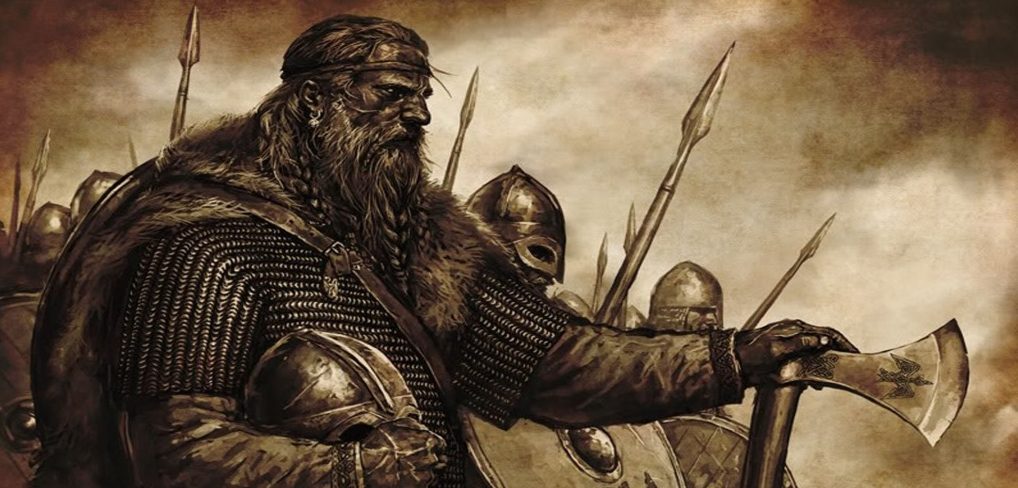
Hello, after reading this amazing post i am too glad to share my know-how here with colleagues.